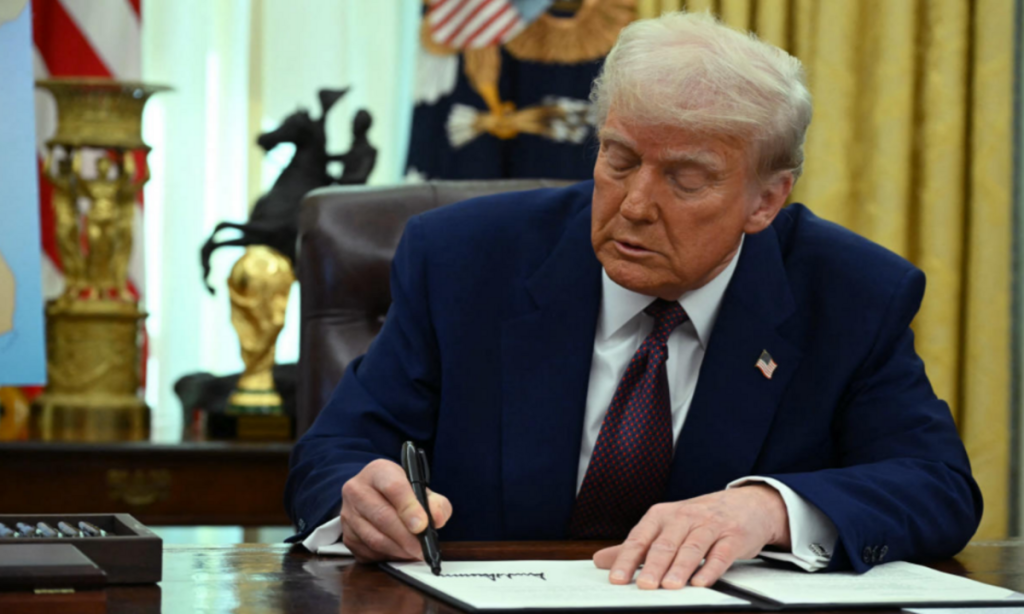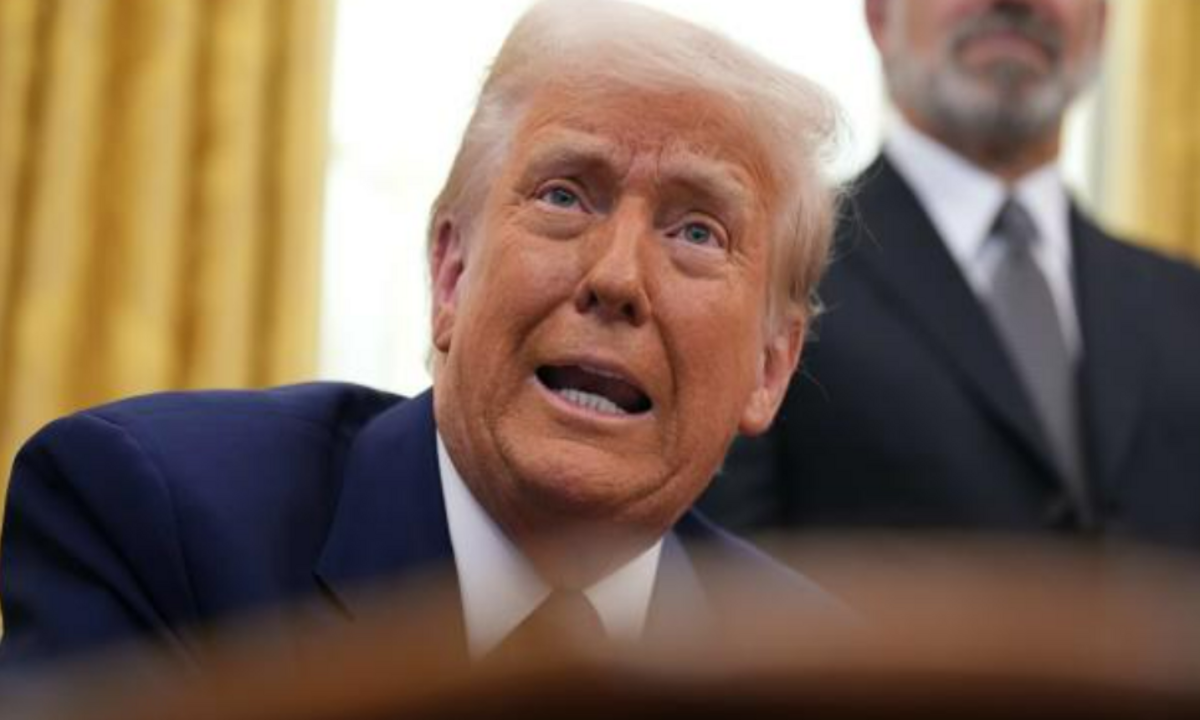Trump Reciprocal Tariffs: A Shift Towards Targeted Trade Measures.
In a strategic move to address perceived trade imbalances, President Donald Trump has directed his administration to develop a plan for implementing reciprocal tariffs. This approach aims to match the tariffs that other countries impose on U.S. exports, marking a significant shift from previous considerations of universal tariffs.
From Universal to Reciprocal Tariffs
During his campaign, President Trump frequently advocated for universal tariffs, proposing a blanket 10-20% “ring around the country” on all imports. However, recent actions indicate a pivot towards a more targeted strategy. On February 13, 2025, he signed a memorandum initiating the development of a reciprocal tariff system. This directive mandates a comprehensive review of existing tariffs and non-tariff barriers imposed by U.S. trading partners, with a report due by April 1.
Rationale Behind Reciprocal Tariffs
The primary goal of reciprocal tariffs is to ensure fairness in international trade by leveling the playing field for American goods. By imposing tariffs equivalent to those faced by U.S. exports, the administration aims to counteract what it perceives as unfair trade practices. For instance, while the U.S. imposes a 2.5% tariff on imported cars, the European Union charges a 10% tariff on American vehicles. Addressing such disparities is central to the new trade strategy.
Potential Economic Implications
The shift to reciprocal tariffs introduces both opportunities and challenges:
Business Uncertainty: Companies may face difficulties in strategic planning due to potential changes in tariff structures, affecting supply chains and pricing strategies.
Inflation Concerns: Economists warn that increased tariffs could lead to higher consumer prices, contributing to inflationary pressures.
Global Trade Relations: This approach may prompt negotiations aimed at reducing trade barriers. However, it also risks escalating tensions, potentially leading to retaliatory measures from trading partners.
Administration’s Perspective
Commerce Secretary Howard Lutnick emphasized that the reciprocal tariff plan is designed to address long-standing trade imbalances. The administration believes that by mirroring the tariffs of other nations, the U.S. can encourage more equitable trade relationships. The plan also includes considerations of non-tariff barriers, such as subsidies and regulations, which can impede market access for U.S. products.
Investor and Market Reactions
The announcement of the reciprocal tariff plan has elicited mixed reactions from investors and markets:
Stock Market Response: Following the announcement, the S&P 500 experienced a 1% increase, nearing its all-time high.
Inflationary Impact: Analysts from Deutsche Bank estimate that the implementation of reciprocal tariffs could raise the average U.S. tariff rate from 1.5% to 4.8%, potentially leading to a modest increase in inflation.
Global Response and Future Outlook
Trump International reactions vary, with some countries expressing concern over potential economic confrontations. The European Union, for instance, has indicated the possibility of “firm countermeasures” in response to new U.S. tariffs.
As the administration moves forward with its reciprocal tariff strategy, the global trade landscape may undergo significant changes. The effectiveness of this approach in achieving fairer trade practices while minimizing economic disruptions remains to be seen.
Disclaimer—Our team has checked this article to ensure its accuracy and eliminate any misinformation. We are committed to providing clear and reliable information for our readers.


